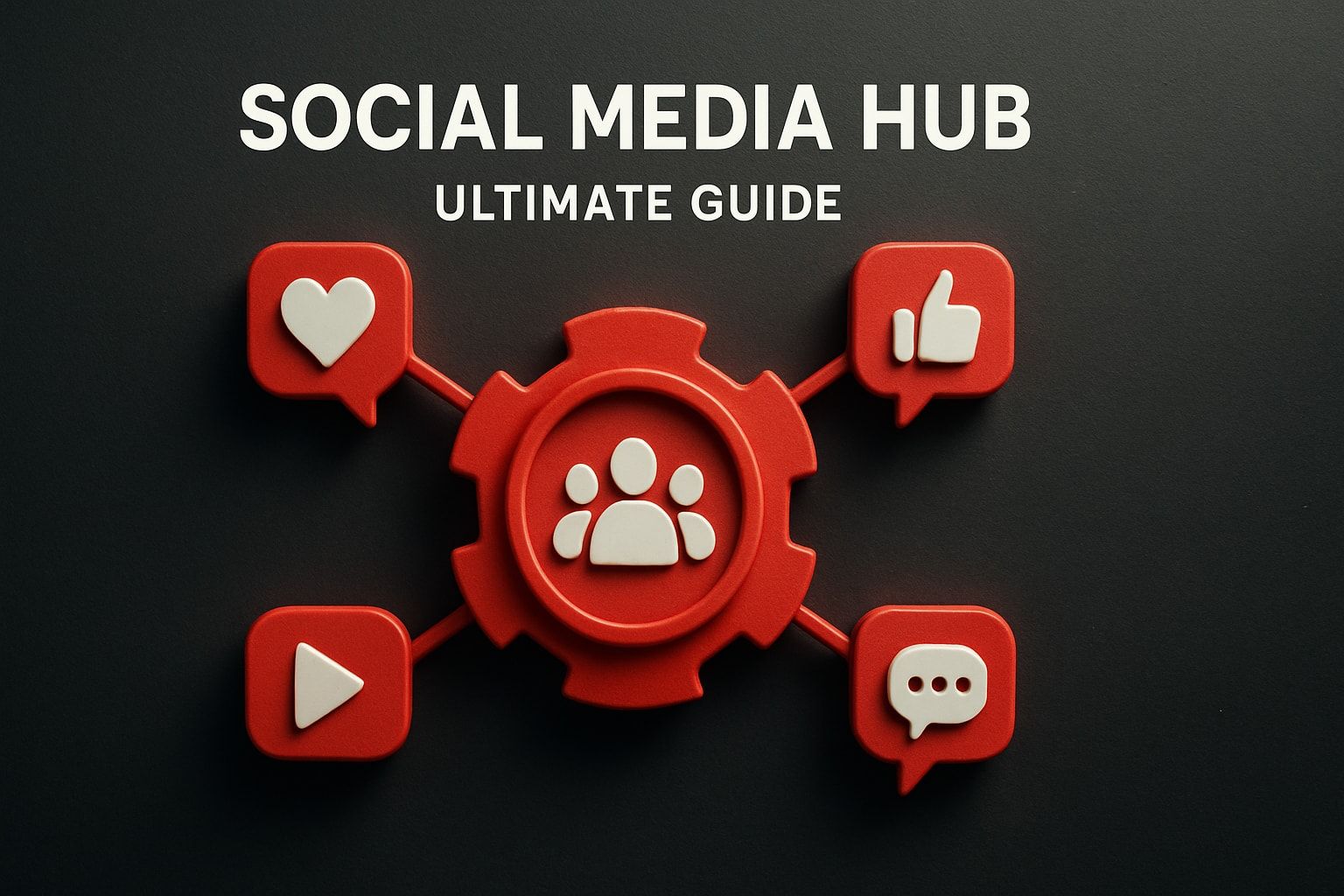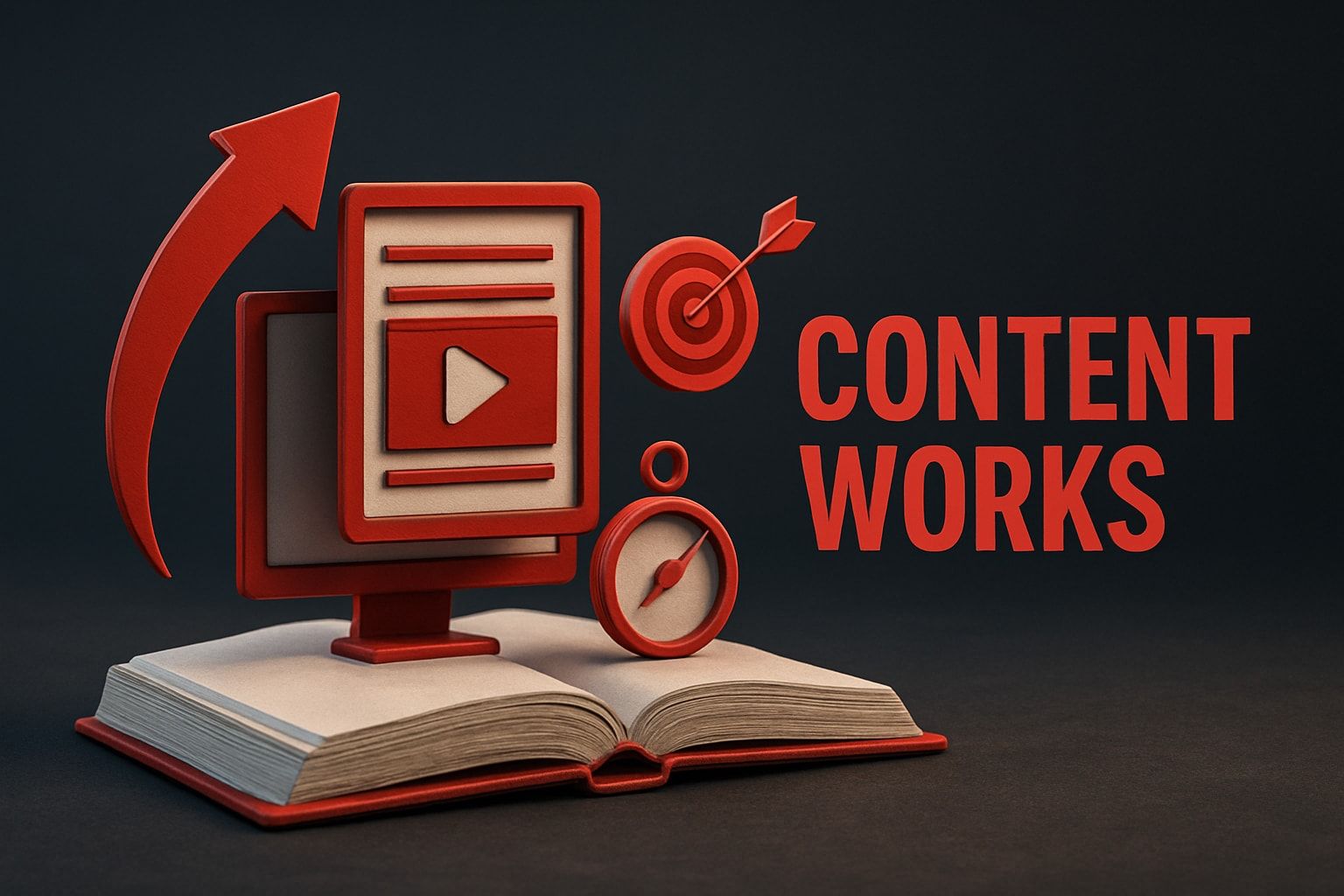The Anatomy of a High Converting Landing Page
Why structure, clarity and user intent make all the difference

Understanding the role of landing pages in digital marketing
Landing pages sit at the heart of any successful digital marketing strategy. Unlike general website pages, a landing page is focused on a single outcome, whether that is capturing leads, encouraging sign ups or prompting purchases. The quality of a landing page can determine whether your campaign succeeds or stalls.
While traffic matters, conversion is where the real value lies. A well designed landing page aligns with user intent, removes distractions and makes action effortless.
What makes a landing page convert?
There is no one size fits all approach, but high converting landing pages share key characteristics that consistently influence user behaviour. These include structure, clarity, relevance and trust.
Below are the core elements to consider.
1. Clear and focused headline
The headline is the first thing visitors see. It should instantly communicate what the offer is and who it is for. A vague or overly clever headline can confuse and increase bounce rates.
Effective headlines:
- Reflect the visitor’s goal or problem
- Match the language used in your ad or search link
- Avoid ambiguity and focus on outcomes
2. Strong supporting subheading
Directly beneath the headline, a concise subheading should build on the message and reinforce the value. This is your second chance to capture interest and guide the visitor forward.
3. Simple and persuasive copy
Your page copy should explain the offer without overwhelming the user. Clarity trumps cleverness. Avoid long paragraphs and technical jargon. Instead, focus on benefits, not just features. Use bullet points where necessary to break down information.
Copy should:
- Be tailored to the target audience
- Address key pain points or desires
- Lead naturally to the call to action
4. Prominent and frictionless call to action
A call to action (CTA) should be clearly visible, easy to understand and focused on one action. Whether it is “Get the guide” or “Start your trial”, it needs to feel immediate and achievable.
Best practice for CTAs:
- Use active language that sets clear expectations
- Ensure the button stands out visually
- Avoid multiple competing actions on the same page
5. Visual consistency and design clarity
Design should support, not distract from, the message. Visual hierarchy helps users navigate without confusion. Use white space effectively, keep typography readable and align colour with your brand.
Consider the following:
- Remove unnecessary navigation links
- Keep layouts responsive across devices
- Use images that support rather than dominate the content
6. Trust signals and social proof
Visitors are more likely to act when they feel reassured. Trust signals can include testimonials, security badges, recognisable client logos or performance statistics.
Useful types of social proof:
- Verified customer reviews
- Case studies or before and after results
- Media mentions or awards
7. Fast loading and mobile friendly experience
Even the best landing page will fail if it loads slowly or does not function on mobile. Page speed, accessibility and responsiveness all impact user satisfaction and conversion.
To optimise technical performance:
- Compress image sizes without losing quality
- Use clean code and minimise scripts
- Test across multiple screen sizes and browsers
8. Relevant thank you or confirmation page
Once a visitor completes the desired action, the journey does not end. A well crafted thank you page provides next steps, sets expectations and can even encourage further engagement.
For example, it might:
- Offer downloadable content
- Suggest related resources
- Introduce a follow up service or consultation
Conclusion: a joined up approach to landing page design
A high converting landing page does not depend on flashy design or persuasive language alone. It is about alignment. From ad click to page load, every element must support the same clear outcome.
When structure, message and design are all working together, landing pages become powerful tools that drive measurable business results.





